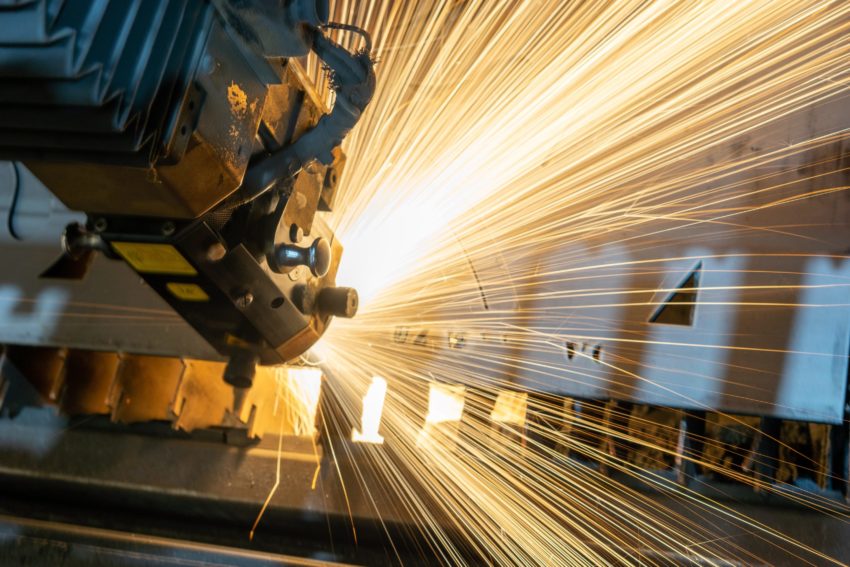The manufacturing industry is reliant on the technological advantages that software and hardware upgrades provide. In order to remain competitive in the manufacturing space, it’s crucial to lean into these additional features and streamlining opportunities in order to remain ahead of the curve and continue to grow your firm’s revenue and market share in a competitive sector of the industry.
With the Covid-19 restrictions, safety precautions, and long term health concerns continuing to drag on the entire economic outlook in the United States and the whole world, manufacturing will have to continue to turn to agile solutions in order to maintain the continuity of the supply chain. Industry players like Vivek Ramaswamy, the CEO of Roivant, have already begun to implement these types of systemic changes to the business and will reap the future rewards as a result.
Automated Systems
Automated systems like case sealing machines and printing services are crucial to streamlining the manufacturing process of the future. Businesses already utilize many of these automations in their production cycle, including case sealers. Packaging is one of the primary challenges that face the manufacturing sector in the years to come. Not all outlets are utilizing the ease of a case sealer in their daily tasks, and this takes away precious hours of time from some of your employees. Utilizing a case sealer will free up many of your employees to focus on other, more important tasks rather than this final step that can be done with an automated system.
Businesses produce thousands — if not more — packages individually per day. Amazon, the largest among packaging and shipping giants, moves more than 2.5 billion packages of all manner of case sizes every year. In consideration of Covid-19, the need for shipping and flexibility in the mailing process and packaging line has become paramount as more and more consumers are doing their shopping exclusively online these days. The coronavirus has changed the way we do business for good, and the packaging process will need to reflect that shift toward greater online purchasing and the resulting packaging needs.
Smart Targets and Goal Tracking
In addition to a streamlined approach to the packaging line and production efforts, businesses in the manufacturing space will have to carefully monitor their goal tracking efforts in order to maintain the supply chain and produce at the prescribed rate on a daily basis. Becoming more precise with these measurements of success and target reaching will be crucial to maintaining profit margins in the future.
As the buying habits of businesses and end-users become more precise, so too must your manufacturing operation. With the help of Google’s example, you can easily implement an OKR strategy in your facility in order to maintain transparency and accountability among your core team and work to remedy any hiccups as they present themselves.
With an OKR framework, you start by setting overriding objectives that, once achieved, will launch your business into its next phase of productivity. Then you prepare a set of key results that will guide your team along the path to these long term goals. This forces you to contemplate a long term vision that bakes in growth in staff, revenue, and productivity.
With this assistance, it becomes a natural part of the business processes to check in with your team and review production with goal tracking in mind. Large and small outfits use this framework to maintain focus and identify any snags in the march toward success immediately so that they can be remedied.
The manufacturing industry is going to see many changes in the short term. But these will implement long trending alterations that will play a role in the way manufacturing is done in the future. Get ahead of the curve now.
